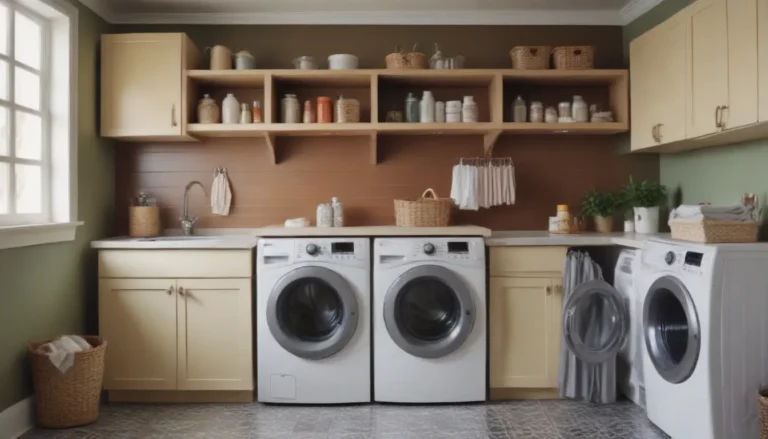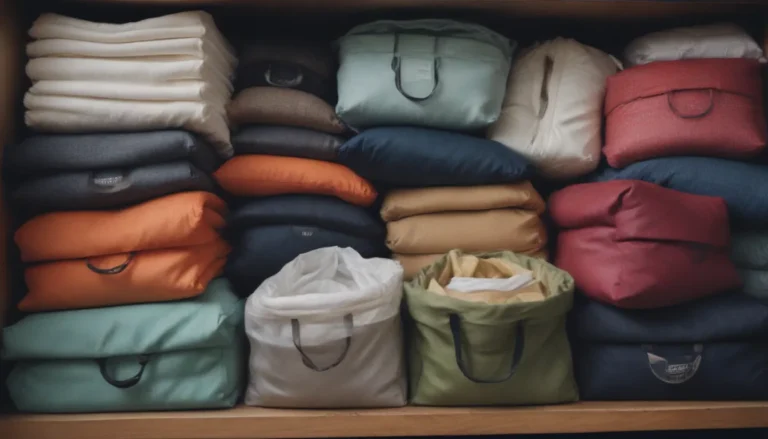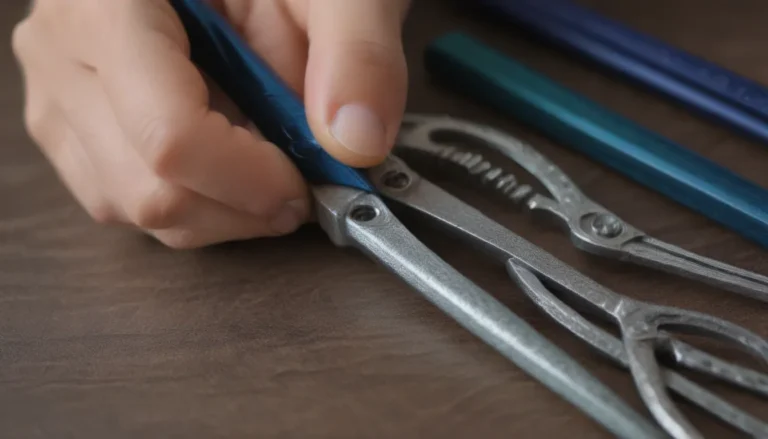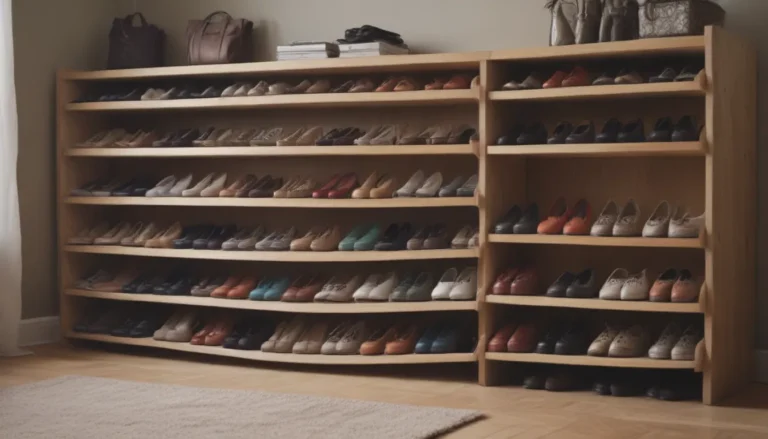The Ultimate Guide to Ventless Dryers: A Complete Look at Condensation and Heat Pump Dryers
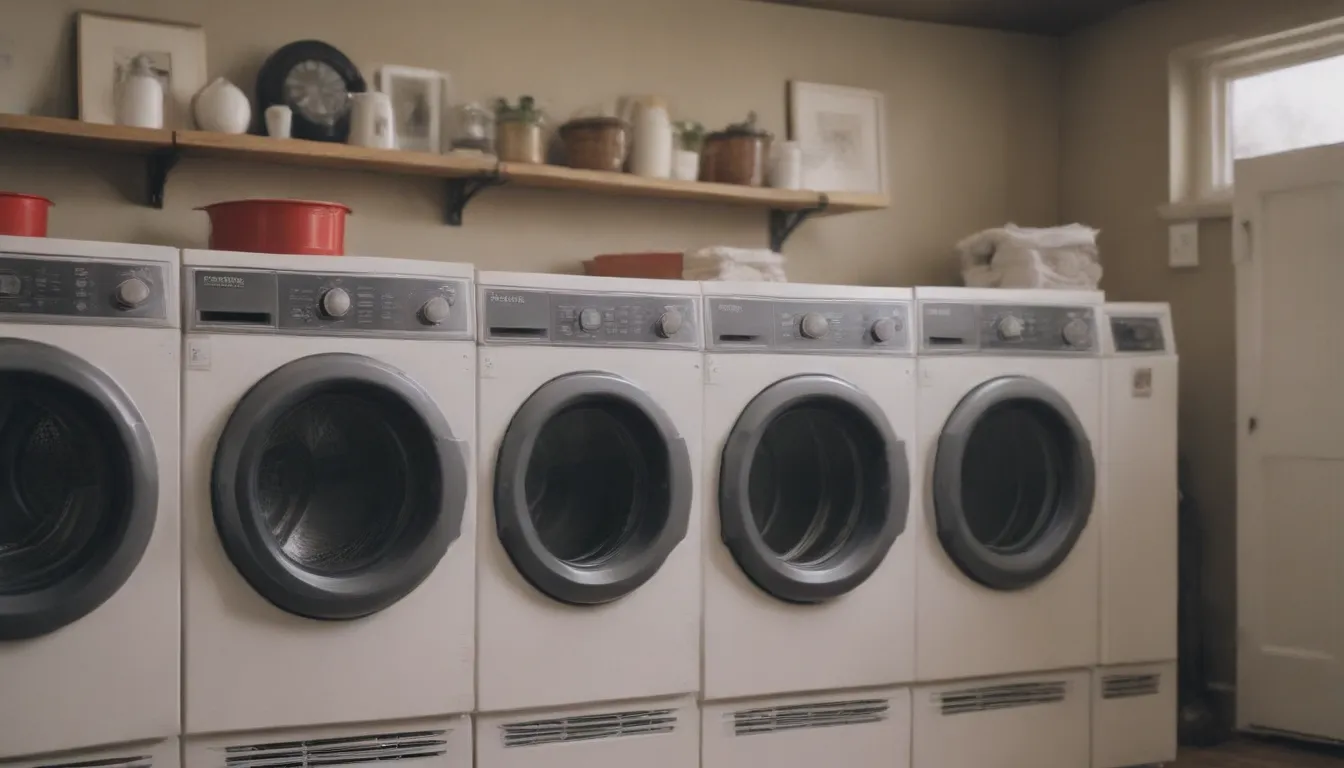
Are you in a position where traditional dryers with vents are not an option for your home or laundry space? If so, ventless dryers might be the perfect solution for you. Ventless dryers operate efficiently by recirculating and eliminating heated, moist air without the need for an external vent. In contrast, standard vented dryers expel hot, humid air outdoors through a vent.
In this comprehensive guide, we will delve into the world of ventless dryers, exploring how they work, the different types available, their pros and cons, as well as essential maintenance tips to ensure your dryer’s longevity.
Ventless Dryer Basics: How They Work
Ventless dryers operate on electricity and function by pulling in ambient air, which then circulates through a system designed to heat, cool, and extract moisture from your clothes. Unlike vented dryers that require an external vent to expel hot, moist air, ventless dryers either utilize a drain to eliminate moisture or come equipped with a water collection tank.
Types of Ventless Dryers
There are two primary types of ventless dryers:
1. Condensation Dryers
Similar to traditional vented dryers, condensation dryers draw in cool, dry air from the room, heat it, pass it through the clothes for drying, and then cool the air to condense the moisture. The condensed water is collected in a containment chamber or directed to a drainpipe for disposal. This process repeats until your clothes are dry.
2. Heat Pump Dryers
Heat pump dryers recycle air from the room, passing it through a heat pump where the cold side condenses water vapor into a drain pipe or collection tank. The hot side then reheats the air for further use in the drying process.
Pros and Cons of Ventless Dryers
Pros:
- Efficient operation without the need for an external vent
- Energy-saving capabilities compared to traditional dryers
- Ideal for spaces where venting is not possible
Cons:
- Smaller capacities and longer drying times compared to vented dryers
- Slightly higher price point than standard vented dryers
How to Use and Maintain Your Ventless Dryer
Proper maintenance is crucial to ensure your ventless dryer operates efficiently and has a long lifespan. Here are some essential tips to follow:
1. Empty the Containment Chamber
After each drying cycle, remember to empty the containment chamber to prevent any clogs and maintain optimal performance. You can recycle the collected water for other uses, such as watering your plants.
2. Clean the Lint Trap
Regularly clean the lint trap to prevent build-up that can affect the dryer’s efficiency. Wash the lint trap with dish soap every two weeks to remove residue from dryer sheets or fabric softeners.
3. Check and Clean the Condenser Unit
Lint can accumulate on the condenser unit over time, impacting the dryer’s performance. Clean the condenser unit at least four times a year to ensure proper airflow and avoid malfunctions.
Tip: Ensure there is adequate airflow around your ventless dryer to prevent humidity issues in your home. If the dryer is located in a closet, keep the door open while in operation.
Installation and Maintenance Considerations
- Ventless dryers require a specific outlet, usually a three-pronged one, and ample space for proper air circulation.
- Maintenance tasks for ventless dryers differ from vented dryers and include cleaning the lint trap, emptying the containment chamber, and checking the condenser unit regularly.
- Make sure to vacuum around and behind the dryer to prevent dust build-up that could impact its performance.
By following these maintenance tips and guidelines, you can ensure that your ventless dryer continues to operate efficiently and effectively for years to come.
In conclusion, ventless dryers offer a convenient and energy-efficient solution for those in need of a dryer without the option for external venting. With proper care and maintenance, your ventless dryer can provide reliable drying performance and convenience for your laundry needs.
For further information on dryer venting and energy efficiency, consult reputable sources such as the U.S. Department of Energy and Energy Star.
Upgrade your laundry experience with a ventless dryer today and enjoy the benefits of efficient, convenient drying without the need for external venting.
